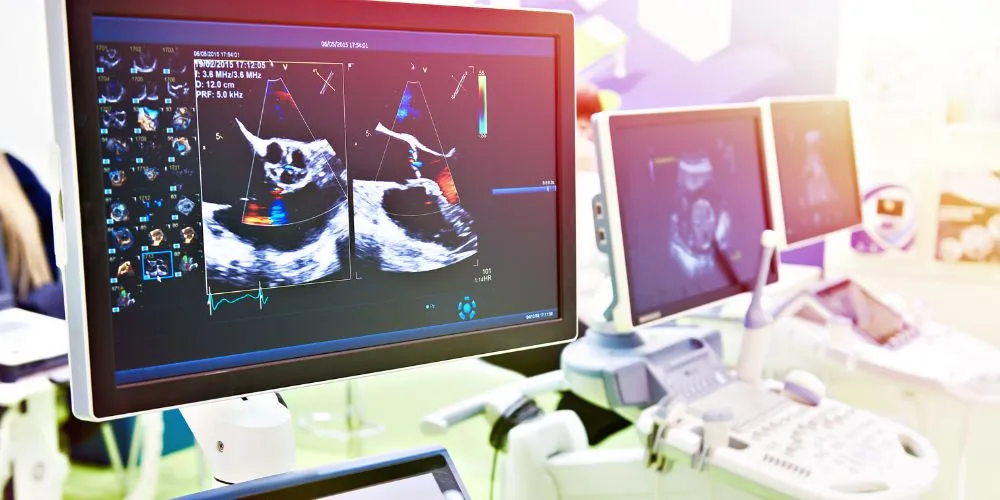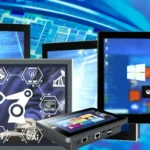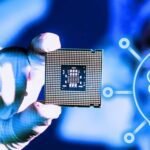Embedded medical devices have emerged as indispensable tools in modern healthcare, offering innovative diagnostics, treatment, monitoring, and patient care solutions. This comprehensive exploration delves into the intricacies of embedded medical devices, unraveling their fundamental principles, key components, recent innovations, notable applications, and their transformative impact on reshaping the landscape of healthcare delivery and patient outcomes.
Understanding Embedded Medical Devices
Embedded medical devices are specialized instruments or systems integrated into medical equipment or implants to perform specific functions, such as monitoring physiological parameters, delivering therapies, or controlling medical procedures. These devices utilize advanced technologies, including microcontrollers, sensors, actuators, and communication modules, to enable precise and targeted interventions in clinical settings.
Key Components of Embedded Medical Devices
The core components of embedded medical devices contribute to their functionality and effectiveness in healthcare applications:
- Microcontrollers and Processors: Serve as the brain of the device, executing software algorithms and coordinating device operations.
- Sensors and Actuators: Capture physiological data, environmental parameters, and device inputs, enabling real-time monitoring and feedback mechanisms.
- Communication Modules: Facilitate seamless connectivity with external devices, networks, and healthcare systems, enabling remote monitoring, data exchange, and interoperability.
Recent Innovations in Embedded Medical Devices
Recent innovations have propelled embedded medical devices to new heights, enabling the development of smarter, more connected, and patient-centric healthcare solutions. Notable advancements include miniaturization, wireless connectivity, artificial intelligence, and personalized medicine approaches.
Miniaturization and Wearable Devices
Advancements in miniaturization technologies have led to the development of compact, lightweight, and wearable medical devices, allowing for continuous monitoring, real-time feedback, and improved patient comfort and mobility.
Wireless Connectivity and Remote Monitoring
The integration of wireless communication technologies enables it to transmit data securely to healthcare providers, facilitating remote monitoring, telemedicine consultations, and proactive interventions for chronic disease management.
Artificial Intelligence and Machine Learning
Incorporating artificial intelligence (AI) and machine learning algorithms into embedded medical devices enables intelligent data analysis, pattern recognition, and predictive analytics, leading to more accurate diagnostics, personalized treatments, and optimized patient outcomes.
Notable Applications of Embedded Medical Devices
Embedded medical devices have diverse applications across various healthcare domains, contributing to improved diagnostics, treatment outcomes, and patient care experiences.
Implantable Medical Devices
Implantable medical devices, such as pacemakers, defibrillators, insulin pumps, and neurostimulators, utilize embedded systems to deliver targeted therapies, monitor physiological parameters, and communicate health data to healthcare providers, enhancing patient safety and quality of life.
Diagnostic and Monitoring Devices
Embedded medical devices, such as ECG monitors, blood glucose meters, and pulse oximeters, enable real-time monitoring of vital signs, disease biomarkers, and treatment responses, empowering patients and clinicians with actionable insights for timely interventions.
Challenges in Embedded Medical Devices
Despite significant advancements, embedded medical devices face challenges that impact their widespread adoption and effectiveness in clinical practice. Addressing these challenges is crucial for ensuring patient safety, data security, regulatory compliance, and interoperability with existing healthcare systems.
Regulatory Compliance and Standards
Navigating complex regulatory frameworks, such as the Food and Drug Administration (FDA) guidelines and international medical device safety and efficacy standards, requires rigorous testing, validation, and documentation processes to obtain market approval and ensure patient safety.
Data Security and Privacy
Ensuring the security and privacy of patient health data transmitted and stored by it is paramount to prevent unauthorized access, data breaches, and compliance violations, necessitating robust encryption, authentication, and access control mechanisms.
Future Trends in Embedded Medical Devices
The trajectory of embedded medical devices indicates exciting trends that will further redefine their capabilities and applications in healthcare. These trends promise to enhance connectivity, intelligence, and interoperability, ushering in a new personalized and proactive healthcare delivery era.
Internet of Medical Things (IoMT)
The integration of embedded medical devices into the Internet of Things (IoT) ecosystem, known as the Internet of Medical Things (IoMT), enables seamless connectivity, data sharing, and interoperability between devices, healthcare providers, and electronic health record (EHR) systems, facilitating personalized and proactive care delivery.
Personalized Medicine and Therapeutics
Advancements in embedded medical devices enable personalized medicine approaches, such as closed-loop systems and adaptive therapies, tailored to individual patient characteristics, preferences, and treatment responses, optimizing therapeutic outcomes and minimizing adverse effects.
Conclusion
Embedded medical devices represent a transformative force in healthcare technology, enabling the development of smarter, more connected, and patient-centric solutions. From diagnostics and treatment to remote monitoring and personalized medicine, the impact of these devices extends across diverse healthcare domains. Despite challenges, ongoing innovations in miniaturization, wireless connectivity, artificial intelligence, and personalized medicine promise a future where it seamlessly integrates into the fabric of personalized and proactive healthcare delivery. As research and development continue to push the boundaries of what is possible, they are poised to play a central role in shaping a healthier, more connected, and technologically advanced future for healthcare.










